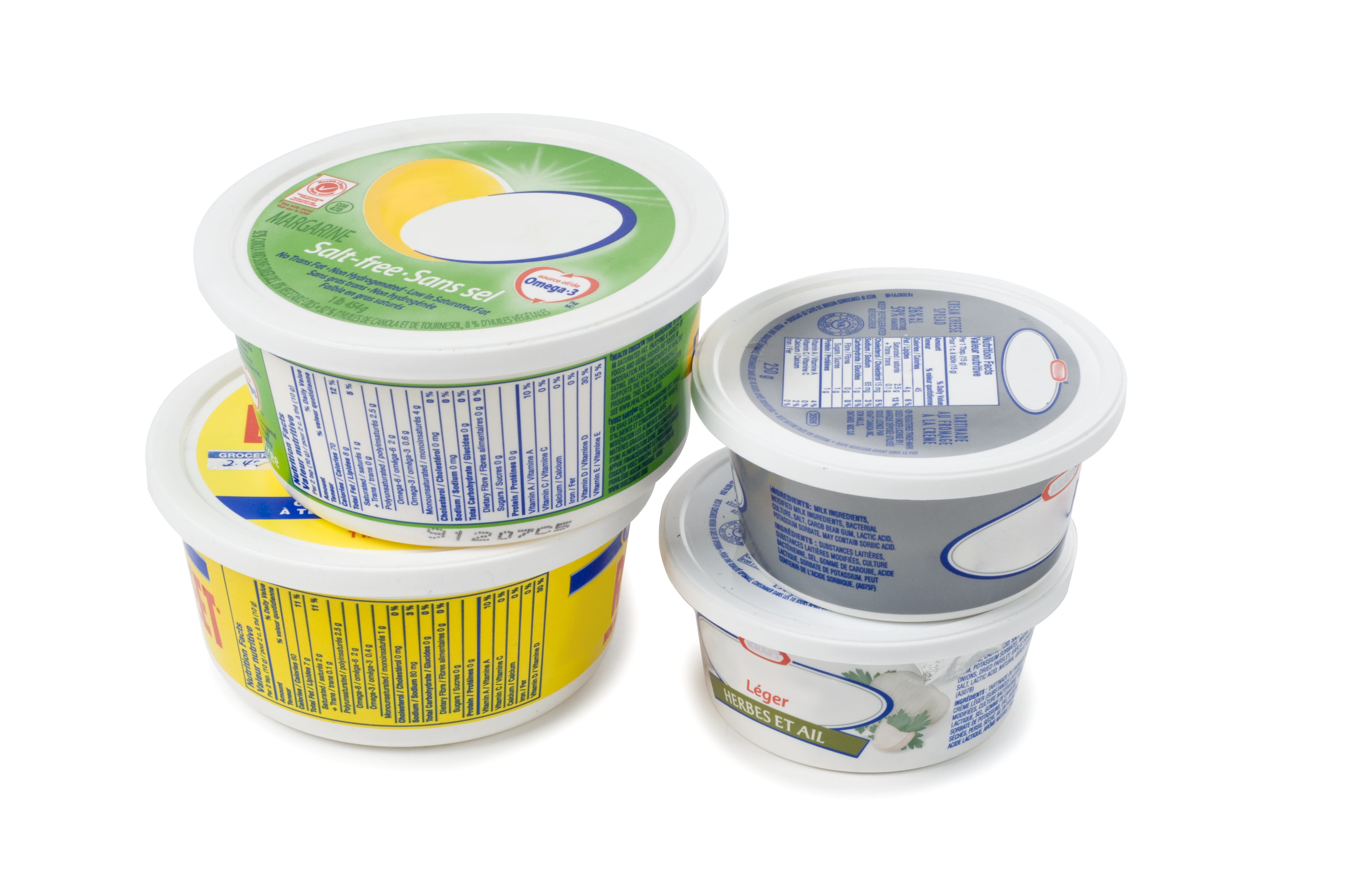What Happens to Curbside Recycling
Since 2010 the Recycling Facility at Robin Hood Bay has processed 75,000 tonnes of paper and container recyclables.
What happens to the recyclables after that? Where do they go and what are they made into?
Is everything in blue bags recycled?
Yes, if it’s recyclable.
The amount of garbage (non-recyclables) put in blue bags with recycling is the contamination rate. Since curbside recycling began in St. John’s the contamination rate has been between 3% and 5% – this is the lowest across the country, where recycling contamination rates varies from as low as 5% (us!) to as high as 25%.
Our low contamination rate – due to bagging containers separate from papers, and by not including glass or plastic film (ie. plastic wrap) – makes our recycling a sought-after product in the recycling marketplace and is a big success of our curbside recycling program.
For a number of years the world’s most dominant recycling market was in China, however in 2018 changes to address high contamination rates closed this market to many.
This change has not impacted the City of St. John’s and we’ve continued to supply the market with our recycling materials due to its low contamination; many of the recyclables the City collects is purchased and processed in Canada.
Because we are continuing to produce a very clean product for manufacturers to utilize – you can be assured your recycling items are being properly recycled, many of them right here in Canada.
|
Boxboard & Paper = Egg Cartons and Take Out Trays Boxboard like cereal and cracker boxes as well as a paper such as flyers, junk mail and office paper are sent to recyclers right here in Atlantic Canada who make egg cartons and drink take-out trays. In fact, all the paper cartons used for eggs produced in Atlantic Canada are made from paper recycling from the Atlantic provinces including St. John’s. Also, take out drink trays used in Tim Horton locations across Canada are made from recycled paper including the paper put in blue bags in St. John’s. |
 |
| Aluminum & Steel = MORE Aluminum & Steel
All the soup, tuna and bean cans, aluminum/tin foil as well as pop and other drink cans made of aluminum that are put in blue bags in St. John’s are sold to recyclers in Quebec who make more aluminum and steel products including steel beams, automotive parts, cans and nails. |
 |
| Cardboard = MORE Cardboard
Corrugated cardboard is a product that is in-demand in the recycling marketplace. Since the rise in online shopping, made even more popular during the pandemic, manufacturers have high demand for cardboard to ship their products to customers. The cardboard we put at the curb in blue bags or bundled are sold to markets in Quebec to make more corrugated cardboard. |
 |
| Plastic = MORE Plastic products
Plastics such as containers and lids from food, drink and cleaning supplies are in high demand by manufacturers. Plastic from our blue bags are sold to markets in Ontario and Quebec where they are made into new plastic products including plastic lumber, corrosive-free piping, plastic bottles and toys. |
 |
Markets Outside Canada
While most of our recycling is processed in Canada, some markets we send recycling to are outside of Canada.
Blue bags – the blue bags you put recycling in go to Pakistan where they are made into new garbage bags.
Milk cartons – these gable top containers go to India or Korea and are made into high quality tissue paper.
Clamshell containers – these ‘snap close’ containers that salads, berries and similar come in go to California where they are made into new clamshell containers.